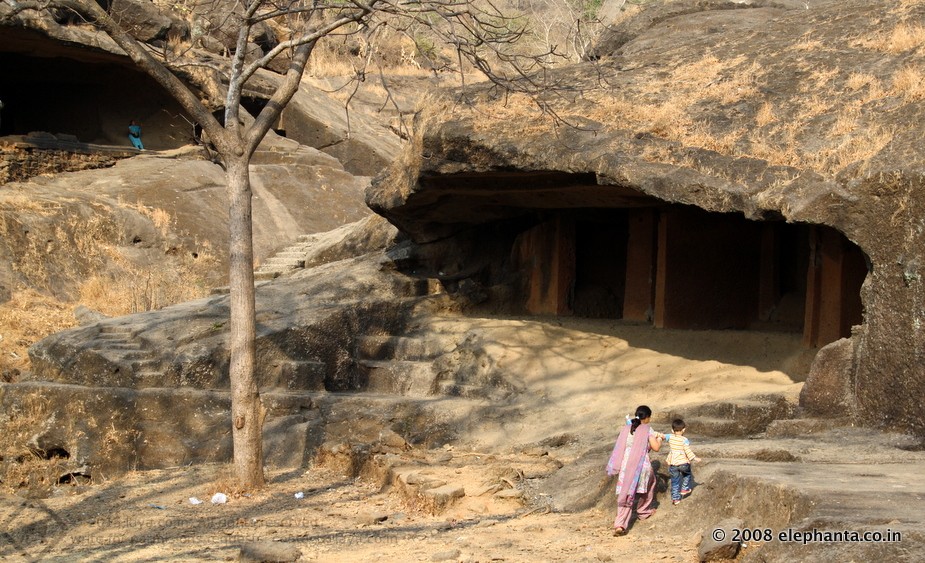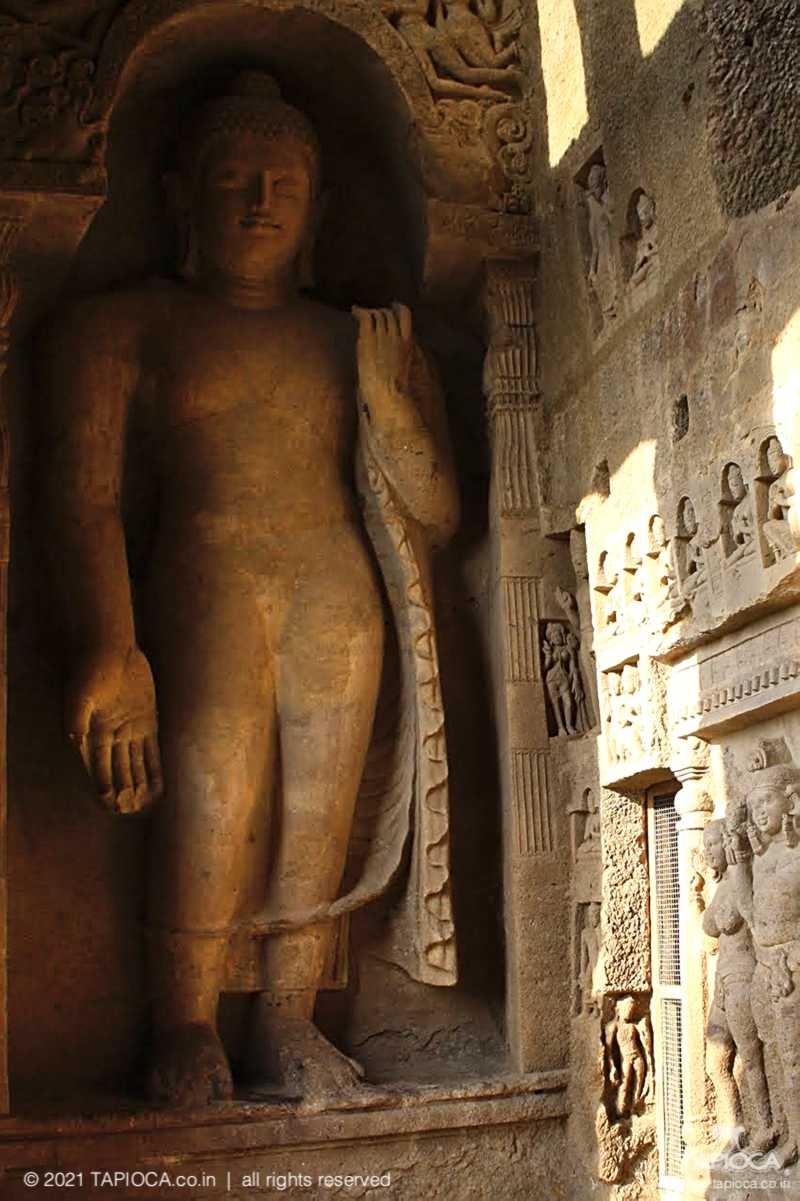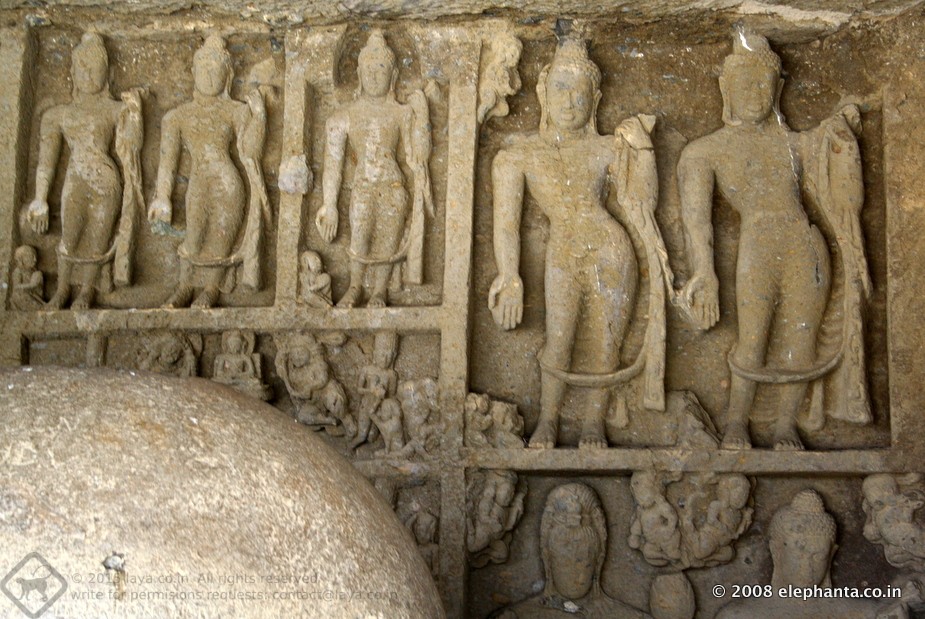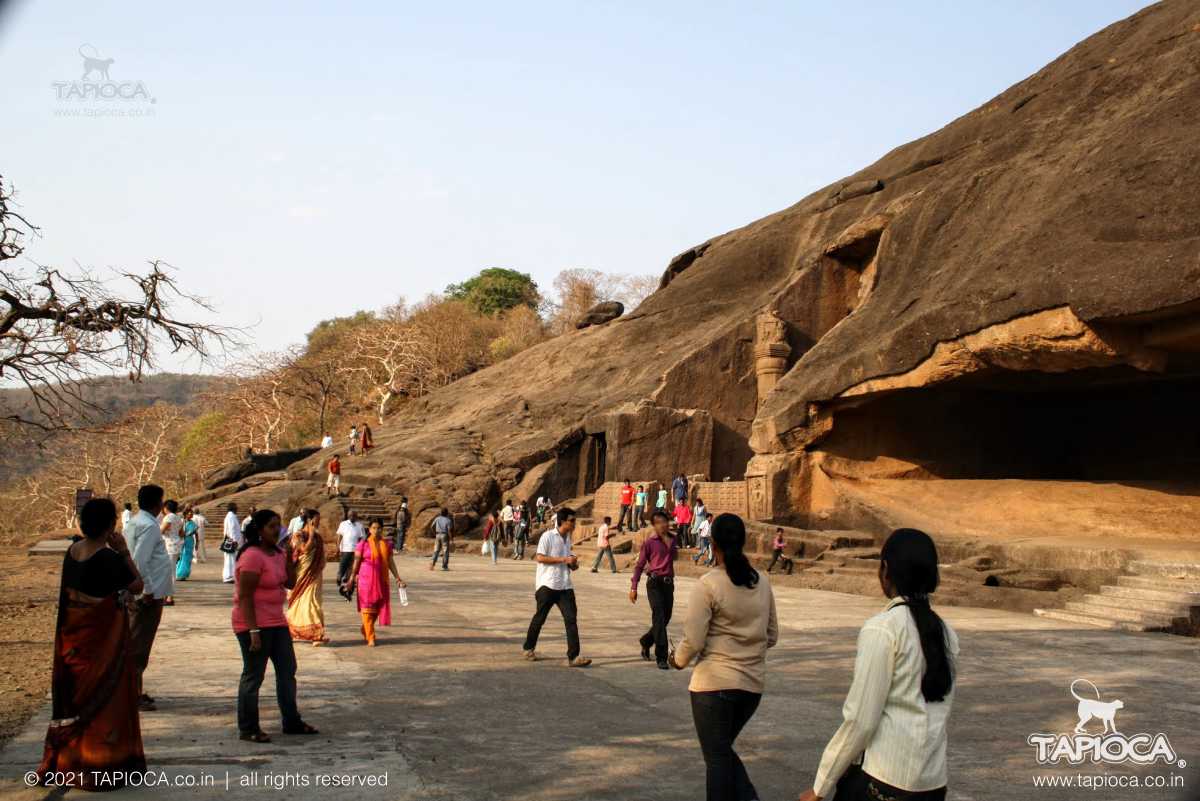Kanheri Caves

Kanheri Caves
Kanheri Caves
Kanheri caves in Mumbai is often compared with other caves in the region such as Ajanta and Ellora Caves. And often the conclusion is that it is not spectacular as Ajanta and Ellora Caves!
S
ome how it is not a fair comparison. Karheri is an important, and spectacular, site in its own right. So forget about if you've already visited the other famous caves in the region, you can still visit Kanheri and feel good that you've visited it. There are a few factors that sets Kanheri apart.First of all it is a full fledged - and famous - learning center of Buddhism in those days. The sophistication and the sprawling nature of this site vouch for this.
The second point is Kanher's ease of access. This site is located right at the fringes of a city. Baring probably Elephanta Caves , no other caves in the region has a better connectivity than Kanheri.
You can do it as a day trip ( even as a half day trip if you would..) from Mumbai . Catch any suburban train to Borivali and you are at Kanheri, well , almost. (see How to Reach Kanheri Caves)
In the number of caves made in a single hill , Kanheri is the largest such Buddhist site in India. Its history of spans from as late as 11 century AD to as early as 3rd century BC. That makes it a unique site in India that has gone through the rise and decline of Buddhism in India.
There existed two streams of Buddhism, the Hinayana ( the lesser vehicle) and Mahayana (the greater vehicle). Kanheri carries the legacy of both these schools of Buddhism.
The caves of the Hinayana period (the older caves ) are simple, small and devoid of carvings. Notably absent is the image of Buddha. In contrast the Mahayana architecture is more ambitious in scale, ornate in appearance and spot images of Buddha.
There are even evidences suggesting that the much popular Ellora Caves caves were executed by master craftsmen migrated from Kanheri.There are striking similarity between some of the largest caves in Kanheri and Ellora Caves. In other words , the architectural blueprints and prototypes of Ellora Caves caves can be traced in Kanheri.
The architectural inventory of Kanheri is versatile , even when compare with many other more popular sites such as Ellora Caves or Ajanta .

Kanheri
Kanheri has some of the tallest images of Buddha in India

Inside one of the caves in Kanheri
Inside one of the caves in Kanheri

Kanheri Caves
There are many cave complexes in the Kanheri site.
